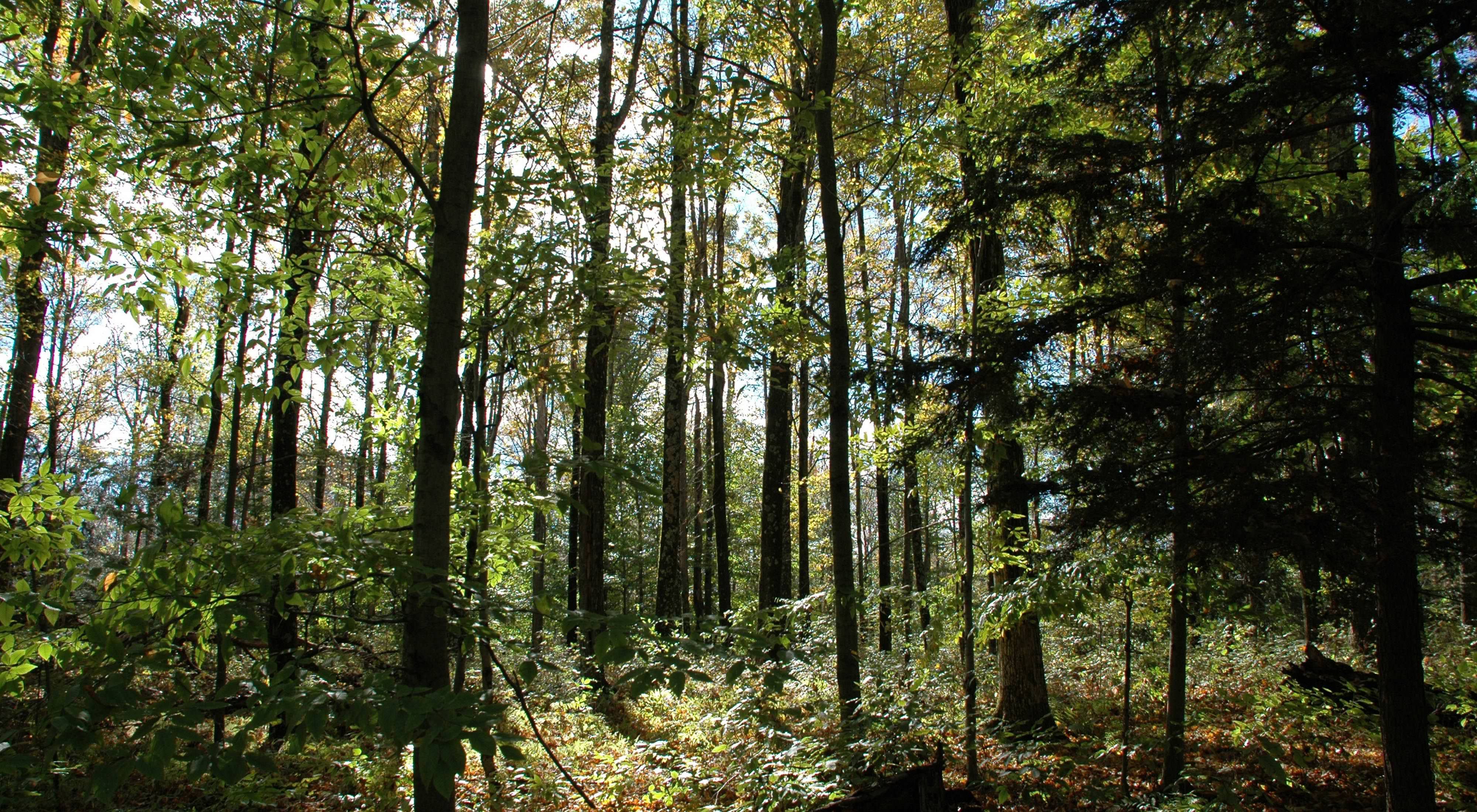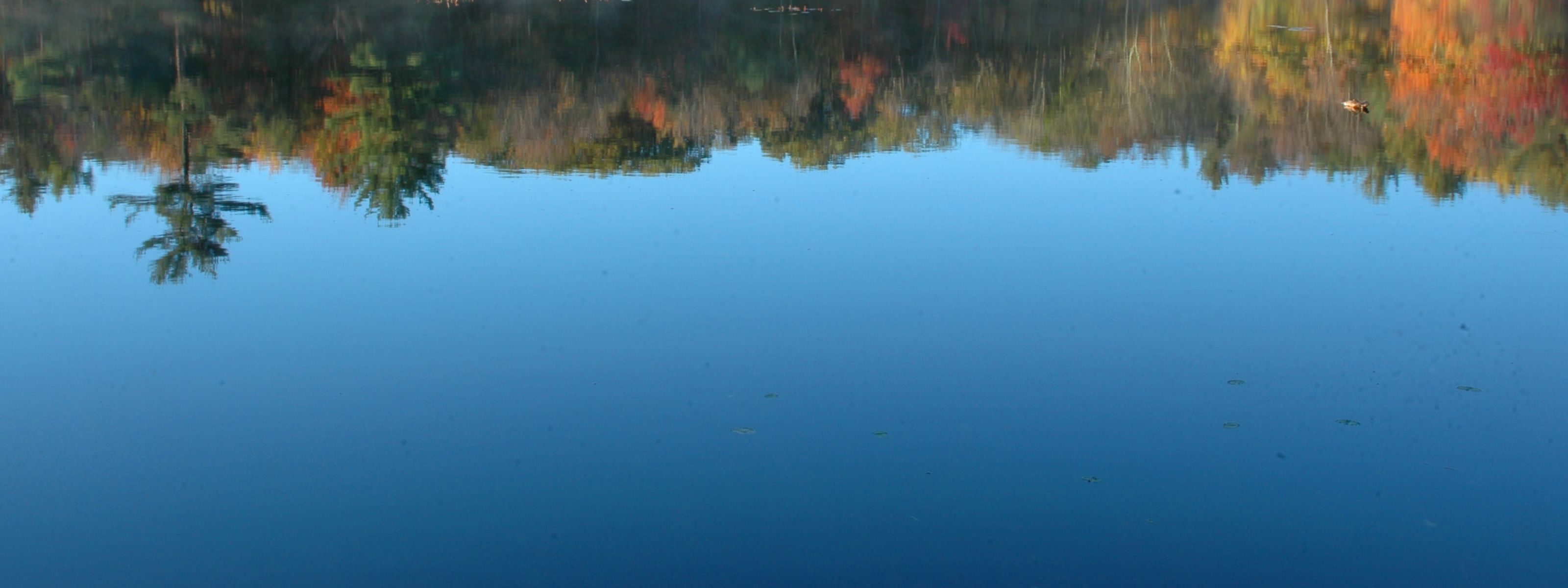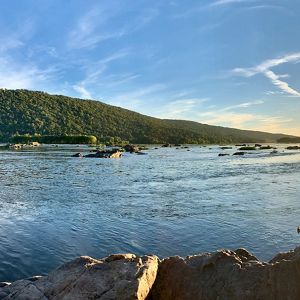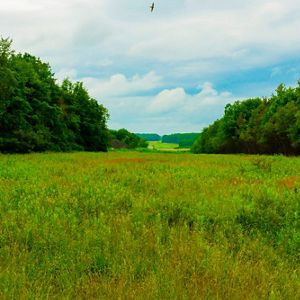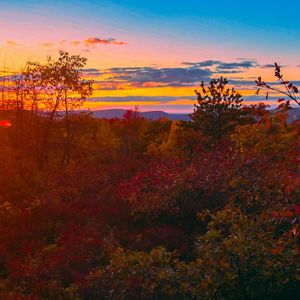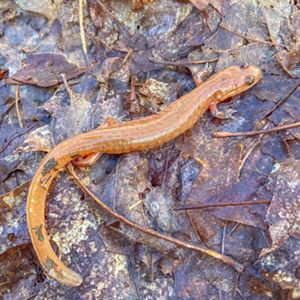Description
Visitors to Woodbourne are drawn to its ancient trees—a mix of white pine, hemlocks, ash, maples, oaks and other hardwoods. These venerable giants once blanketed the region before European settlement. The preserve also boasts open fields, wildflower meadows, winding creeks, mossy bogs and historic stone walls, creating a captivating scene that inspires artists from far and wide.
A portion of the preserve contains the largest remaining old-growth forest in northeast Pennsylvania. Donated by the conservation-minded family of Francis R. Cope, Jr., in 1956, this property marked The Nature Conservancy’s first preserve in the state. Over the years, TNC expanded the original 500-acre contribution through land acquisitions and the continued generosity of previous owners. Our commitment remains steadfast as we inspire and educate others about this extraordinary landscape.
In 2006, the Keystone Trails Association restored existing trails and created new ones to mark the preserve’s 50th anniversary. Explore Woodbourne—a sanctuary where nature, partnerships and history thrive.
Starting at the end of 2023, the Woodbourne Forest & Wildlife Preserve will be under the ownership and management of the Edward L. Rose Land Conservancy, whose mission to conserve the land, water, wildlife and scenic beauty for the people of Northeastern Pennsylvania aligns with The Nature Conservancy’s mission at the local level.
